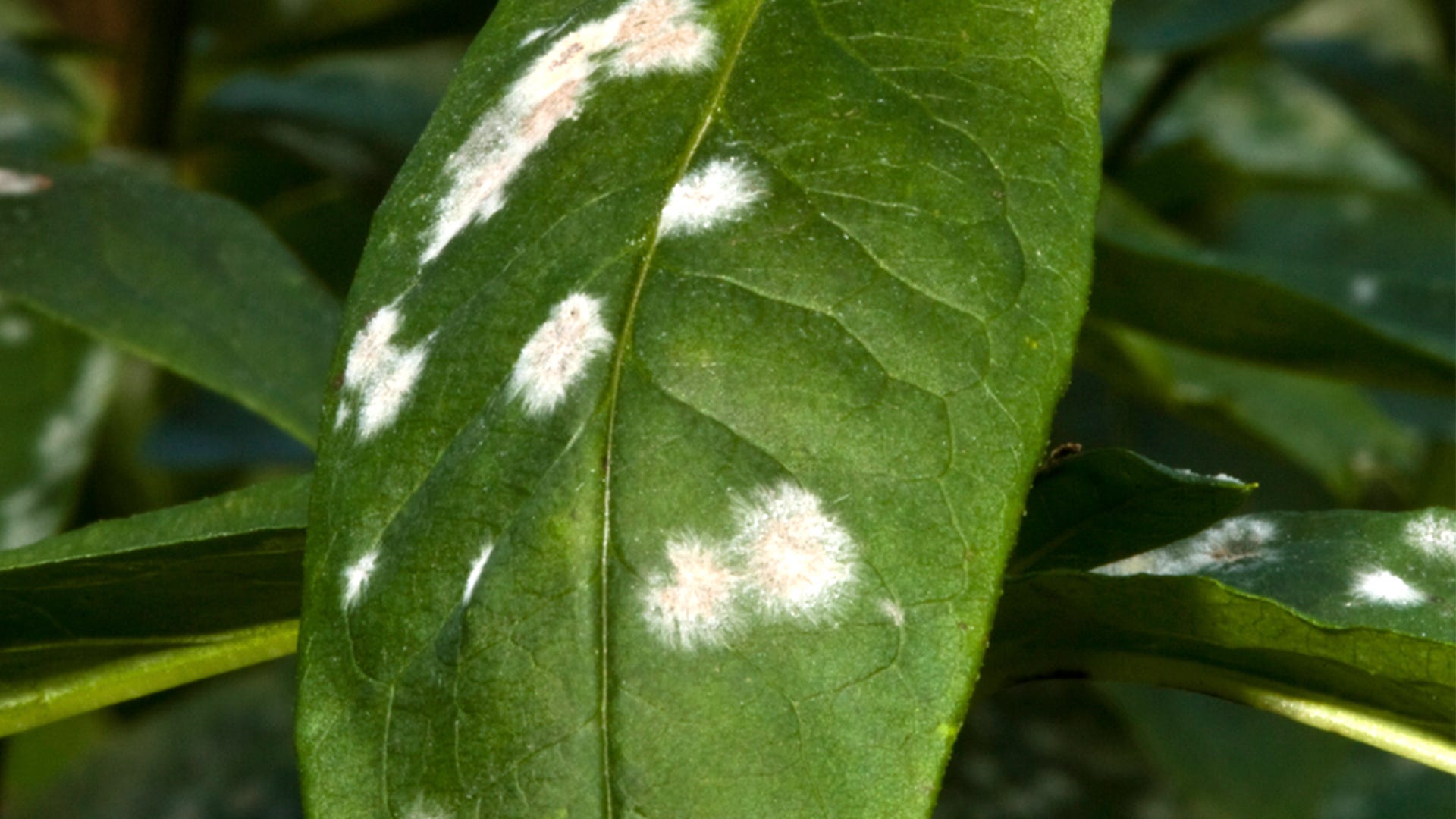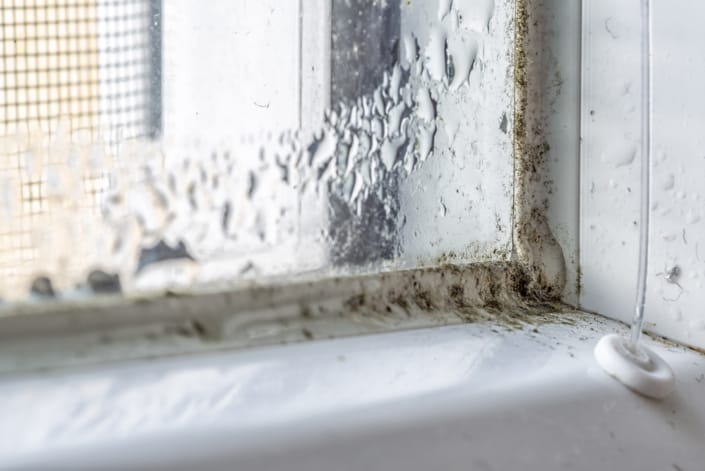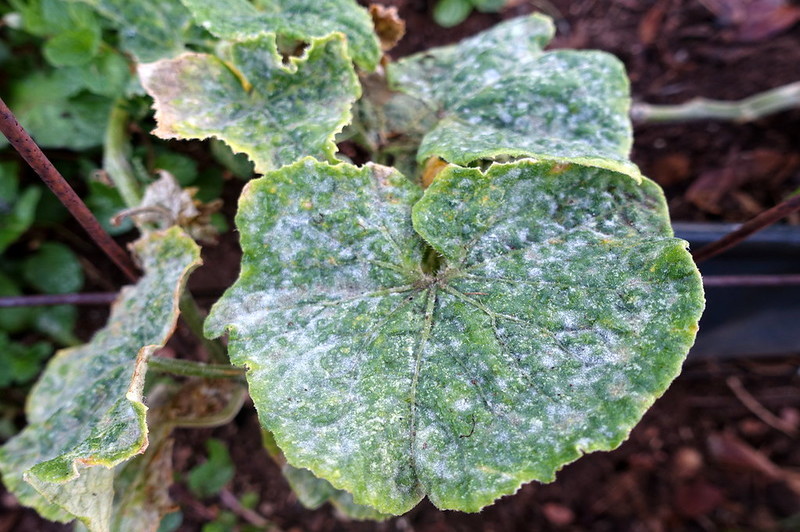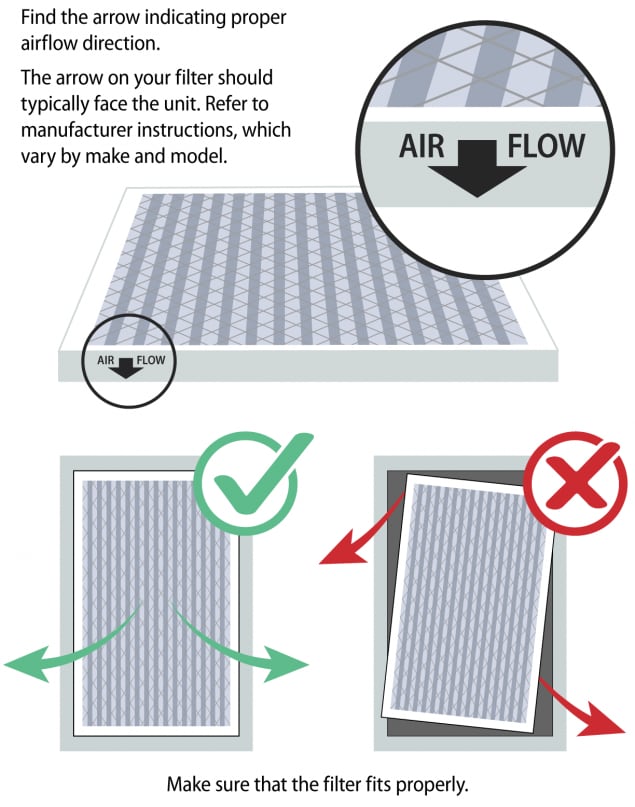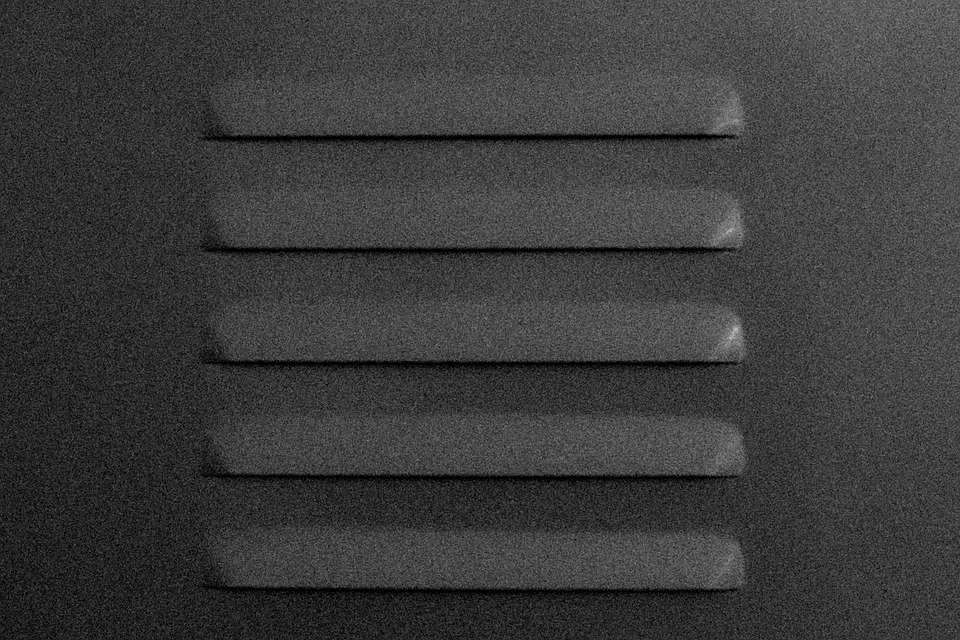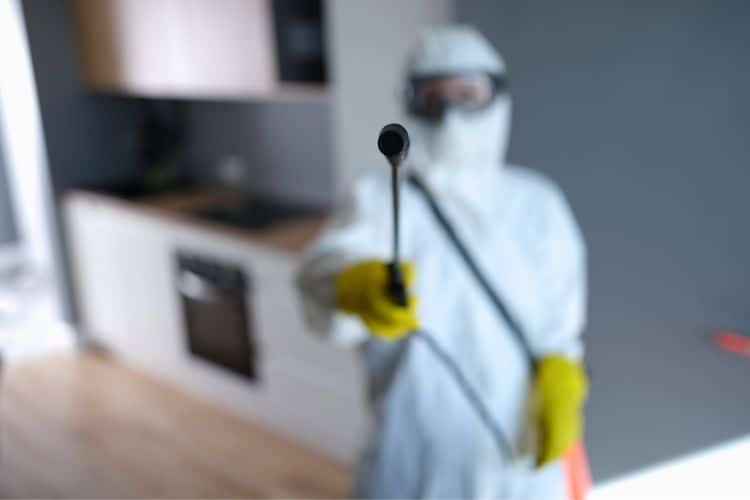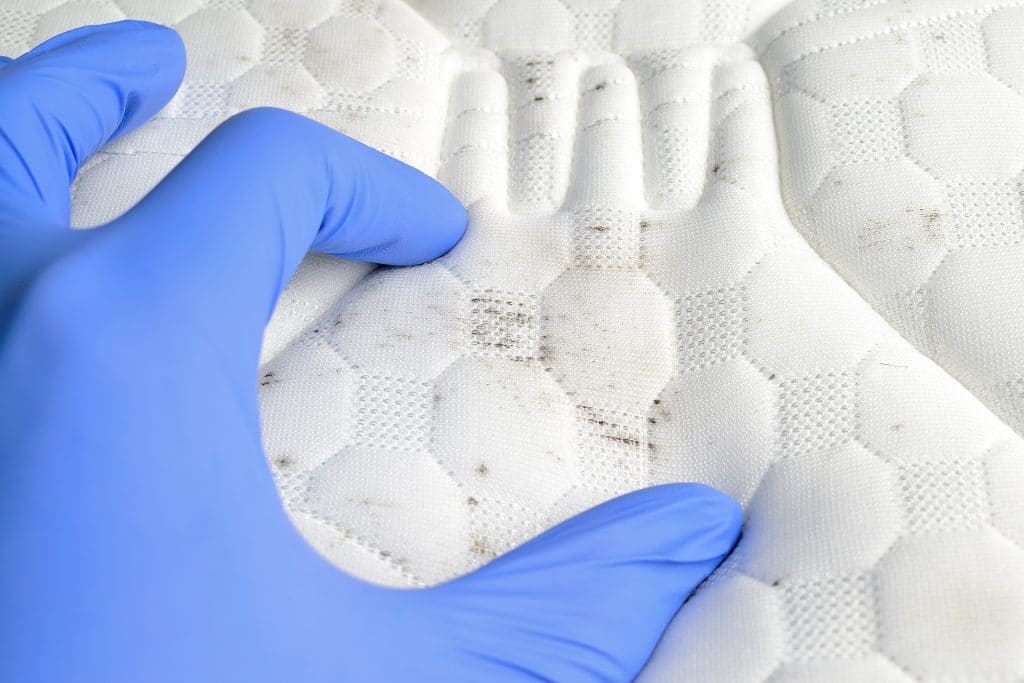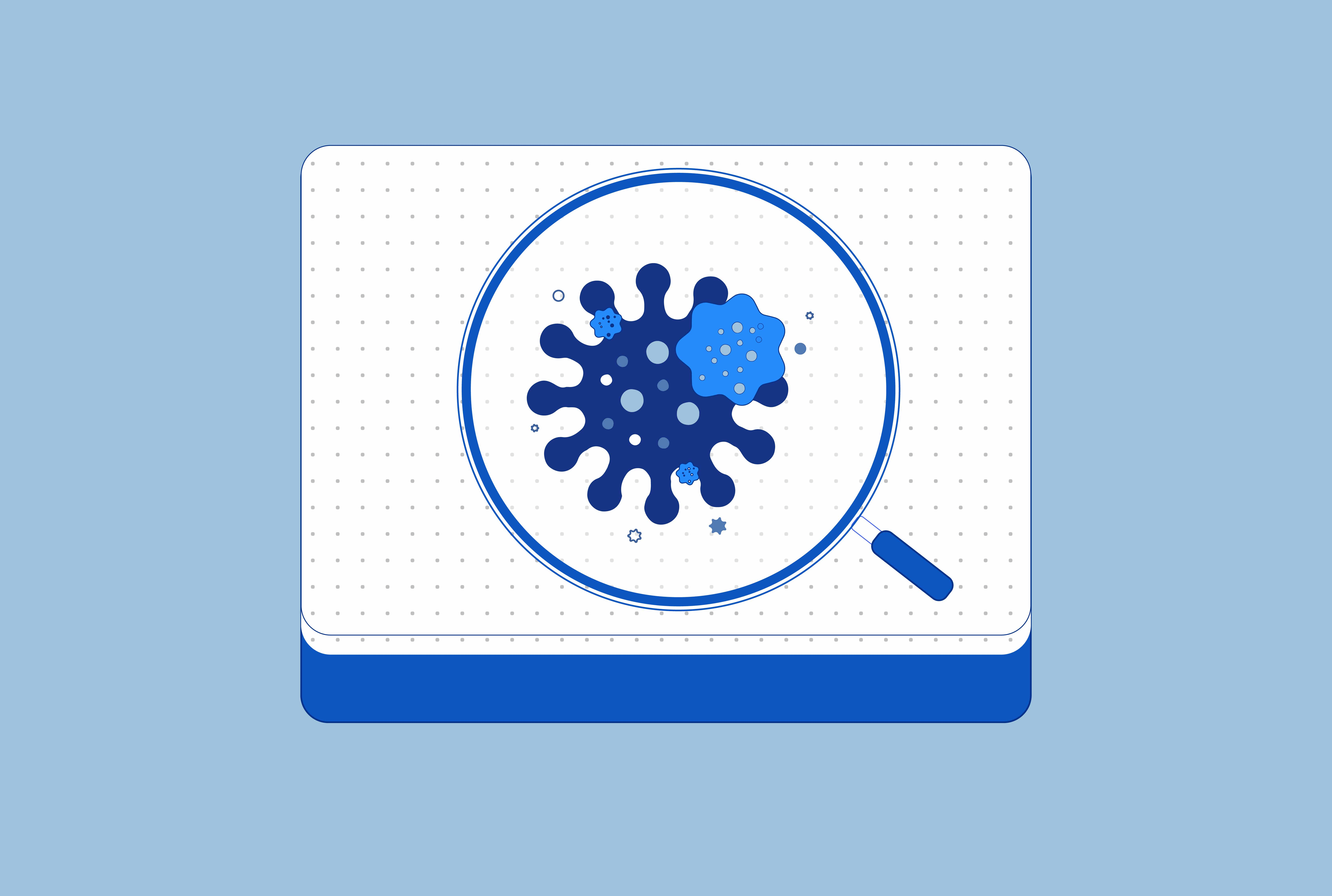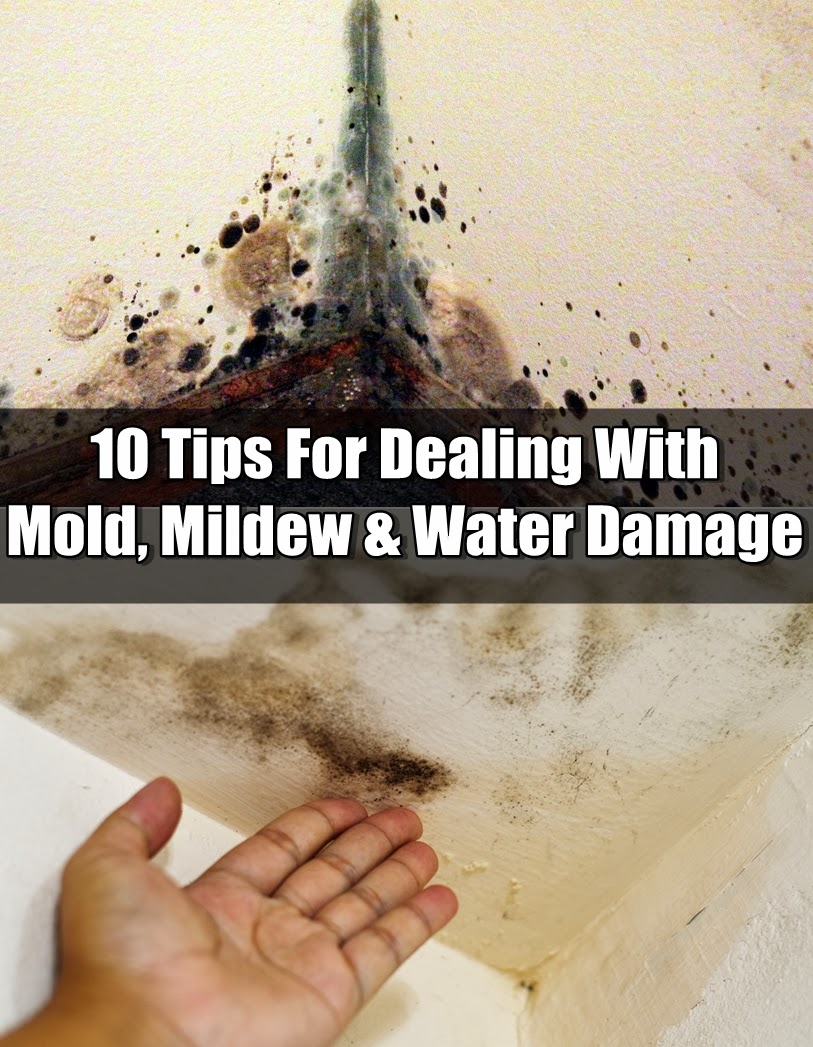Mold and mildew can be a common problem for latex mattresses, especially in humid environments. These fungi not only leave unsightly stains and odors, but they can also pose health risks for those with allergies or respiratory issues. However, with proper prevention methods, you can keep your latex mattress free from mold and mildew. To start, make sure to regularly rotate and flip your mattress to allow for even air circulation. This will prevent moisture from building up in one area and creating the perfect environment for mold and mildew to grow. Additionally, invest in a breathable mattress cover specifically designed for latex mattresses to help regulate temperature and moisture levels. Another important step is to keep your bedroom well-ventilated by opening windows and using a fan or air conditioner. This will help prevent excess moisture from accumulating and creating a breeding ground for mold and mildew. Finally, make sure to regularly clean and inspect your mattress for any signs of mold or mildew. If you do spot any, take action immediately to prevent it from spreading. 1. How to Prevent Mold and Mildew on a Latex Mattress
When shopping for a latex mattress, it's important to choose one that is naturally resistant to mold and mildew. Look for mattresses made from 100% organic latex, as these are less likely to harbor moisture and bacteria. Additionally, consider a mattress with a moisture-wicking cover, such as cotton or bamboo, to further prevent mold and mildew growth. Some popular latex mattress brands known for their mold and mildew resistance include Avocado, PlushBeds, and Zenhaven. These brands also offer eco-friendly options for those looking for a more sustainable mattress. 2. The Best Latex Mattresses for Mold and Mildew Prevention
If you do happen to find mold or mildew on your latex mattress, there are natural ways to remove it without using harsh chemicals. One method is to mix equal parts white vinegar and water in a spray bottle and lightly mist the affected area. Let it sit for a few minutes before scrubbing with a soft brush and wiping clean. You can also create a paste using baking soda and water and apply it to the affected area. Let it sit for a few hours before vacuuming it up. This will not only remove the mold and mildew, but also any lingering odors. 3. Natural Ways to Remove Mold and Mildew from a Latex Mattress
In addition to regular rotation and cleaning, there are other steps you can take to protect your latex mattress from mold and mildew. One effective method is to use a waterproof mattress protector. This will not only protect against spills and stains, but also prevent moisture from penetrating the mattress. Another important aspect of latex mattress care is to keep it out of direct sunlight. UV rays can break down the latex over time, making it more susceptible to mold and mildew growth. If possible, position your mattress away from windows or invest in blackout curtains to block out sunlight. 4. Latex Mattress Care: How to Clean and Protect Against Mold and Mildew
Mold and mildew thrive in warm, humid environments, making latex mattresses a prime target. However, there are other factors that can contribute to their growth, such as poor ventilation, spills or accidents, and even body sweat. It's important to be aware of these potential causes and take preventative measures to keep your mattress clean and mold-free. 5. Understanding the Causes of Mold and Mildew on Latex Mattresses
We've already mentioned the benefits of using a mattress cover for moisture control, but there are other advantages to using one specifically for latex mattresses. A cover can provide an extra layer of protection against stains and spills, as well as extend the lifespan of your mattress. It's also an easy and affordable way to add extra comfort to your mattress. 6. The Benefits of Using a Latex Mattress Cover to Prevent Mold and Mildew
If you suspect mold or mildew on your latex mattress, it's important to act quickly. Look for any visible signs, such as discoloration, musty odors, or a fuzzy texture. If left untreated, mold and mildew can spread and cause damage to the mattress and potentially affect your health. If you do find mold or mildew, follow the natural cleaning methods mentioned earlier, and make sure to thoroughly dry the mattress afterward. If the problem persists, it may be time to replace your mattress. 7. How to Identify and Treat Mold and Mildew on a Latex Mattress
We cannot stress enough the importance of proper ventilation for preventing mold and mildew on latex mattresses. As mentioned earlier, keep your bedroom well-ventilated and consider using a dehumidifier if you live in a particularly humid area. Additionally, make sure to regularly air out your mattress by removing any covers and letting it breathe. 8. The Importance of Proper Ventilation for Preventing Mold and Mildew on Latex Mattresses
When shopping for a latex mattress, it's important to do your research and choose one with high mold and mildew resistance. Look for certifications such as GOLS (Global Organic Latex Standard) and GOTS (Global Organic Textile Standard) to ensure the mattress is made from natural materials and free from harmful chemicals. Also, consider the thickness and density of the latex, as thicker and denser layers tend to be less prone to mold and mildew. And don't forget to invest in a quality mattress cover for added protection. 9. Choosing the Right Latex Mattress for Mold and Mildew Resistance
To recap, here are some key tips for maintaining a mold and mildew-free latex mattress:10. Tips for Maintaining a Mold and Mildew-Free Latex Mattress
The Dangers of Mold and Mildew in Latex Mattresses
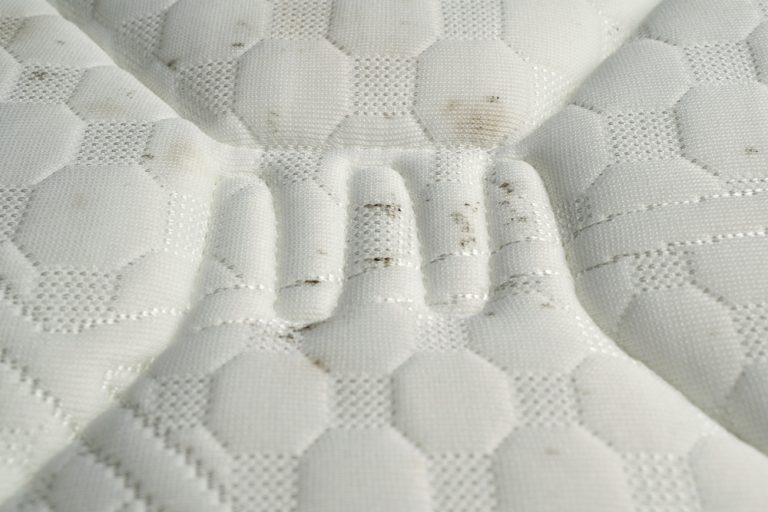
Why You Should Be Concerned
 Latex mattresses
have become increasingly popular in recent years due to their eco-friendly and hypoallergenic properties. However, these mattresses are not immune to the growth of
mold and mildew
if not properly maintained.
Mold and mildew are types of fungi that thrive in moist and warm environments, making your cozy latex mattress the perfect breeding ground. Not only can they cause unpleasant odors and stains, but they can also have serious health implications.
Latex mattresses
have become increasingly popular in recent years due to their eco-friendly and hypoallergenic properties. However, these mattresses are not immune to the growth of
mold and mildew
if not properly maintained.
Mold and mildew are types of fungi that thrive in moist and warm environments, making your cozy latex mattress the perfect breeding ground. Not only can they cause unpleasant odors and stains, but they can also have serious health implications.
The Health Risks
Preventing Mold and Mildew Growth
 Thankfully, there are measures you can take to prevent
mold and mildew
growth in your latex mattress. Regularly airing out and flipping your mattress can help reduce moisture buildup. Additionally, using a breathable and moisture-wicking mattress protector can also help prevent the growth of
mold and mildew
.
If you do notice any signs of
mold and mildew
on your latex mattress, it is important to take immediate action. Use a mixture of equal parts water and white vinegar to clean the affected area, and make sure to thoroughly dry the mattress afterwards.
Thankfully, there are measures you can take to prevent
mold and mildew
growth in your latex mattress. Regularly airing out and flipping your mattress can help reduce moisture buildup. Additionally, using a breathable and moisture-wicking mattress protector can also help prevent the growth of
mold and mildew
.
If you do notice any signs of
mold and mildew
on your latex mattress, it is important to take immediate action. Use a mixture of equal parts water and white vinegar to clean the affected area, and make sure to thoroughly dry the mattress afterwards.
Conclusion
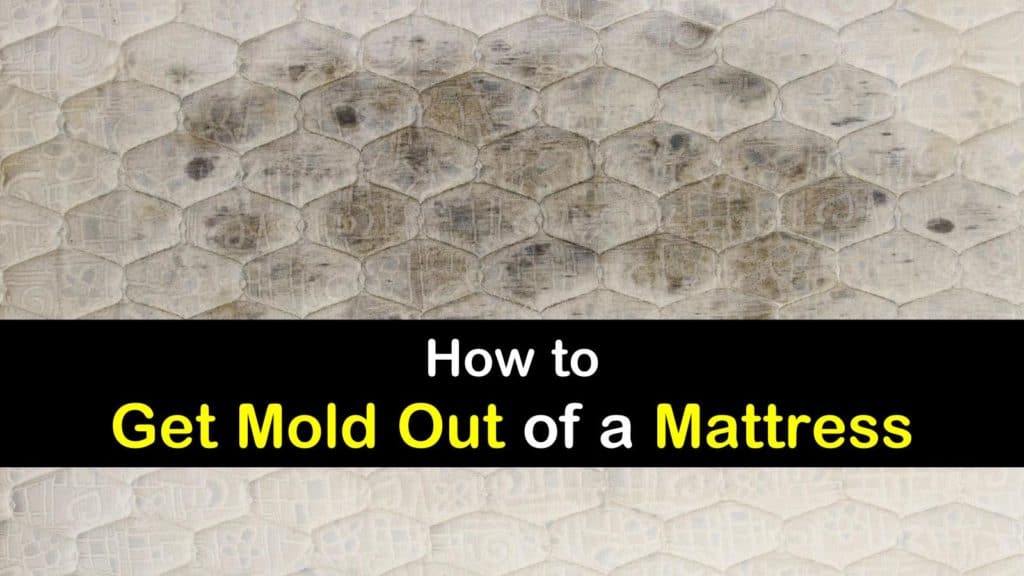 While
latex mattresses
offer many benefits, it is important to be aware of the potential dangers of
mold and mildew
. By regularly maintaining and properly caring for your latex mattress, you can enjoy a comfortable and healthy sleeping environment.
While
latex mattresses
offer many benefits, it is important to be aware of the potential dangers of
mold and mildew
. By regularly maintaining and properly caring for your latex mattress, you can enjoy a comfortable and healthy sleeping environment.



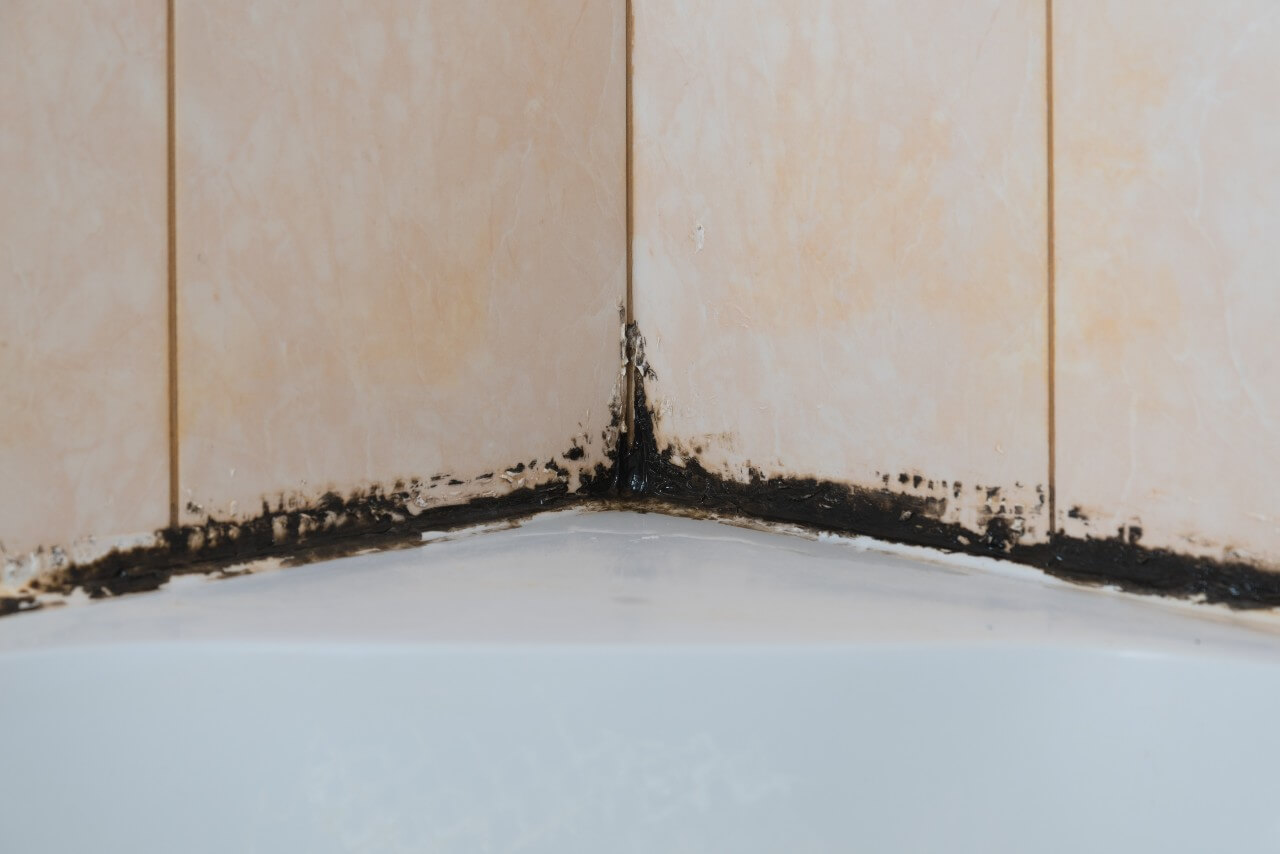


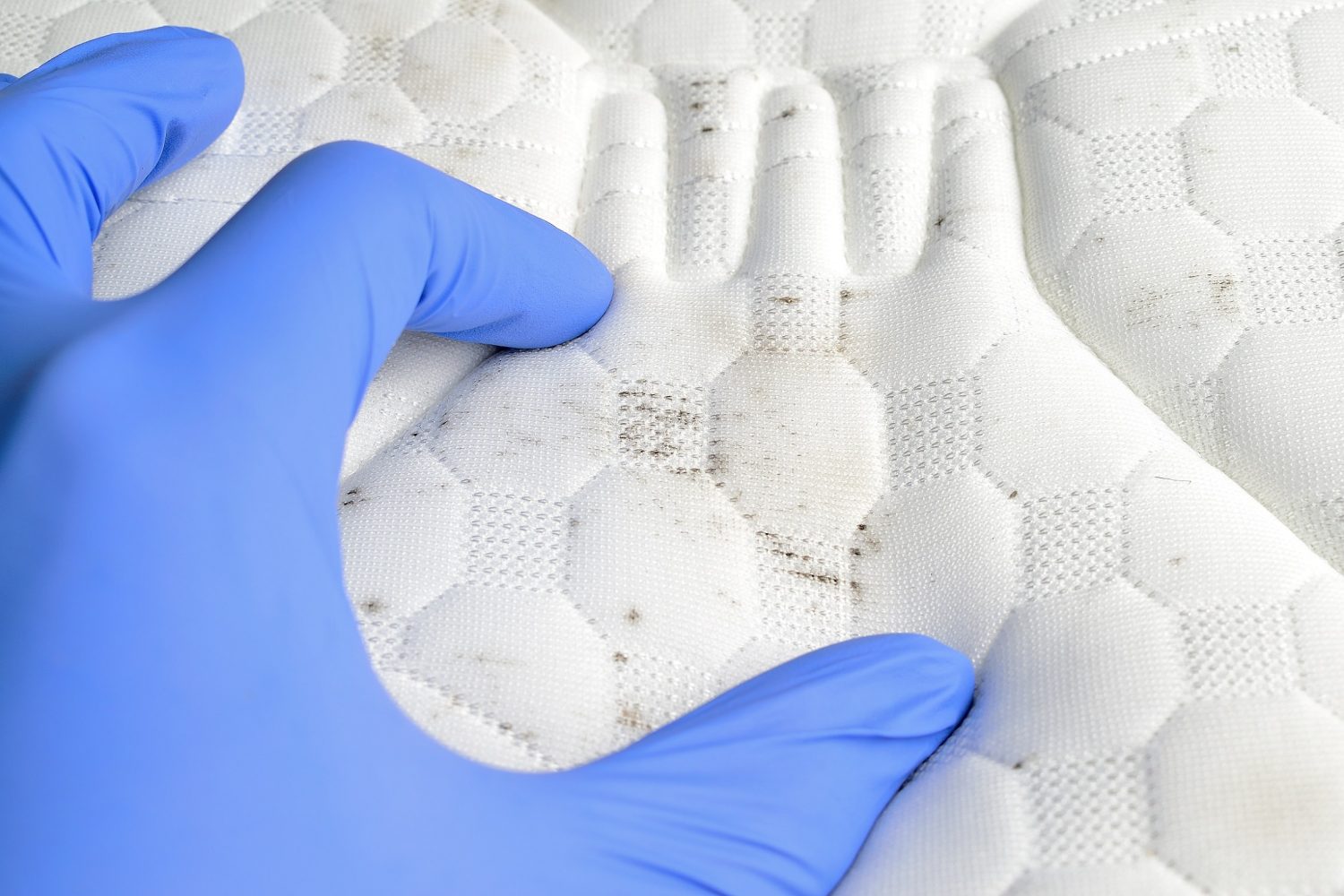


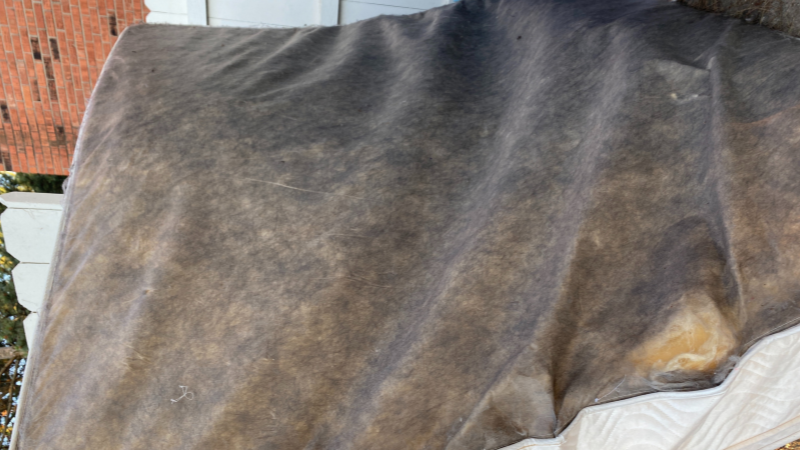
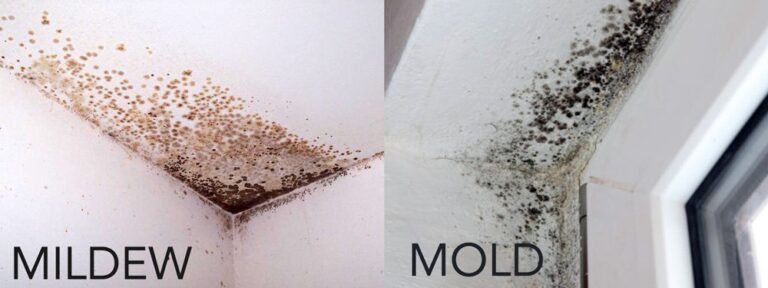
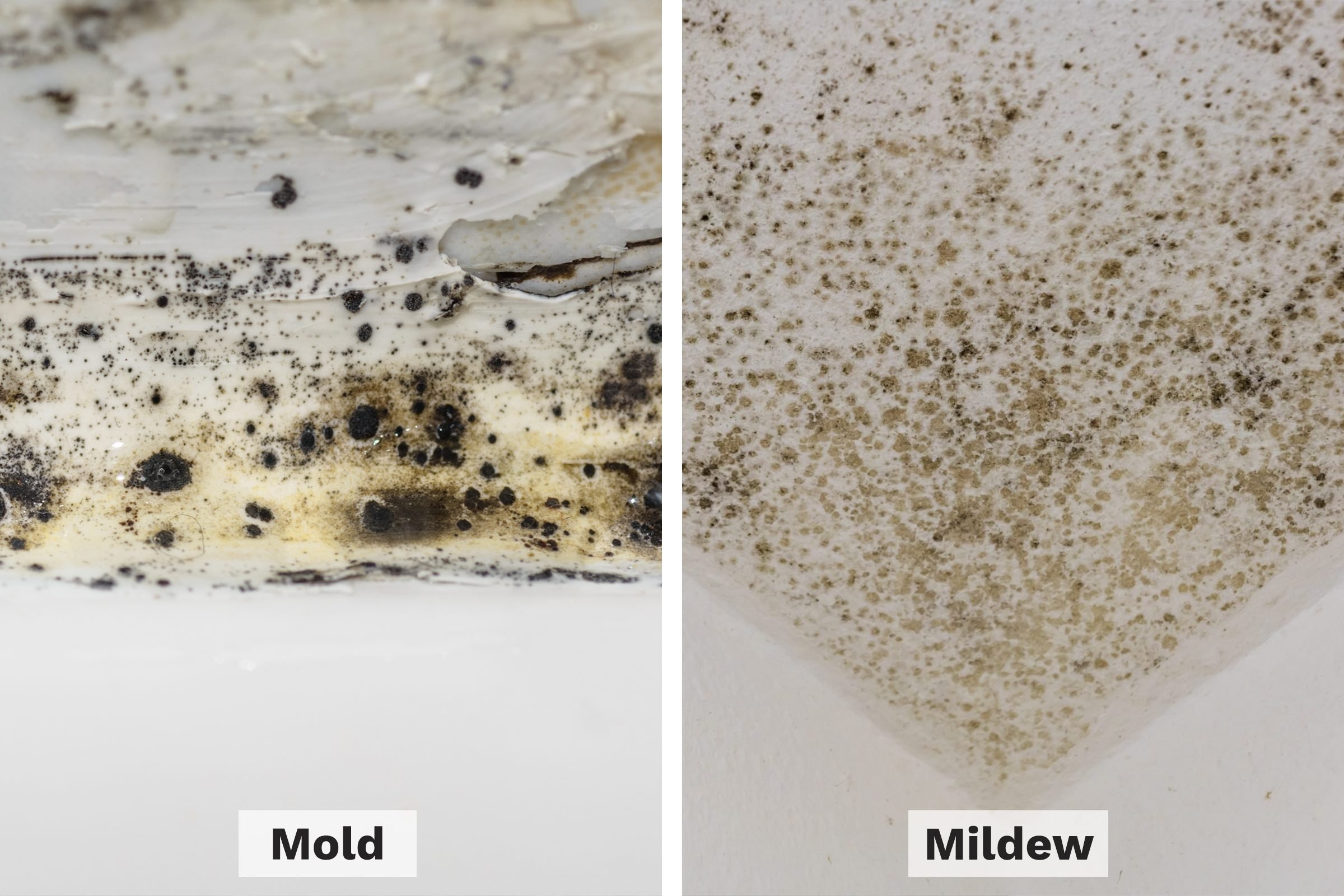
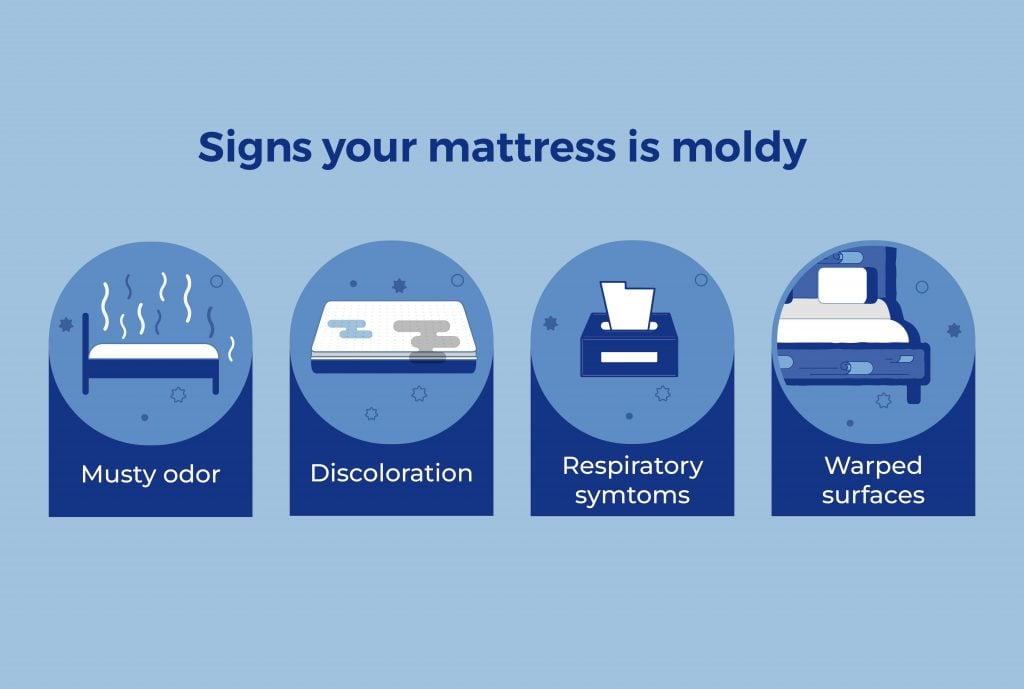









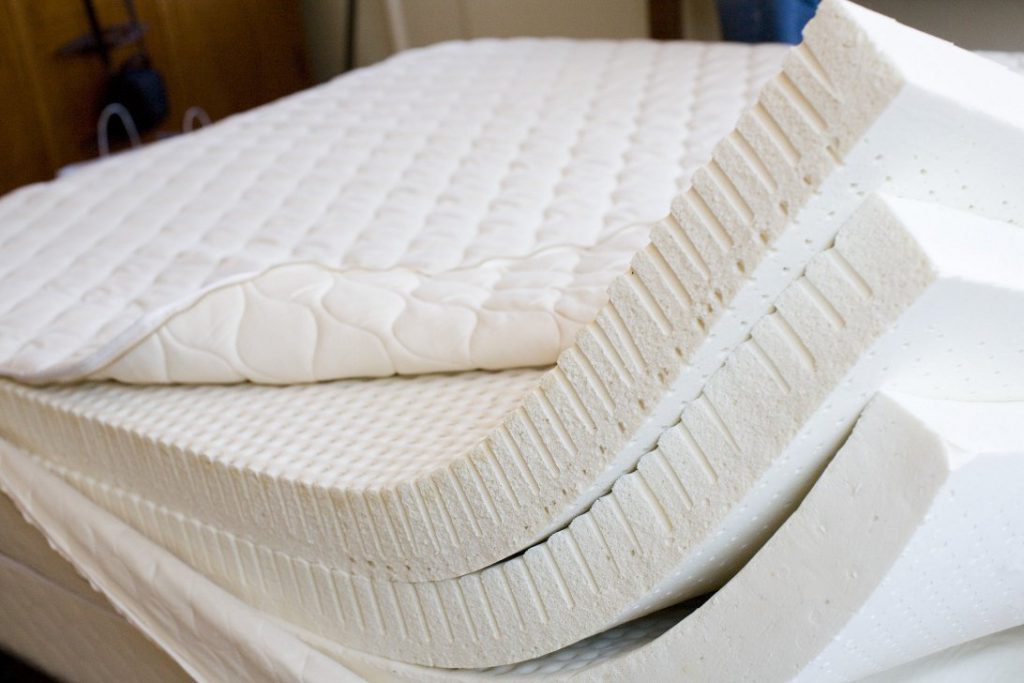
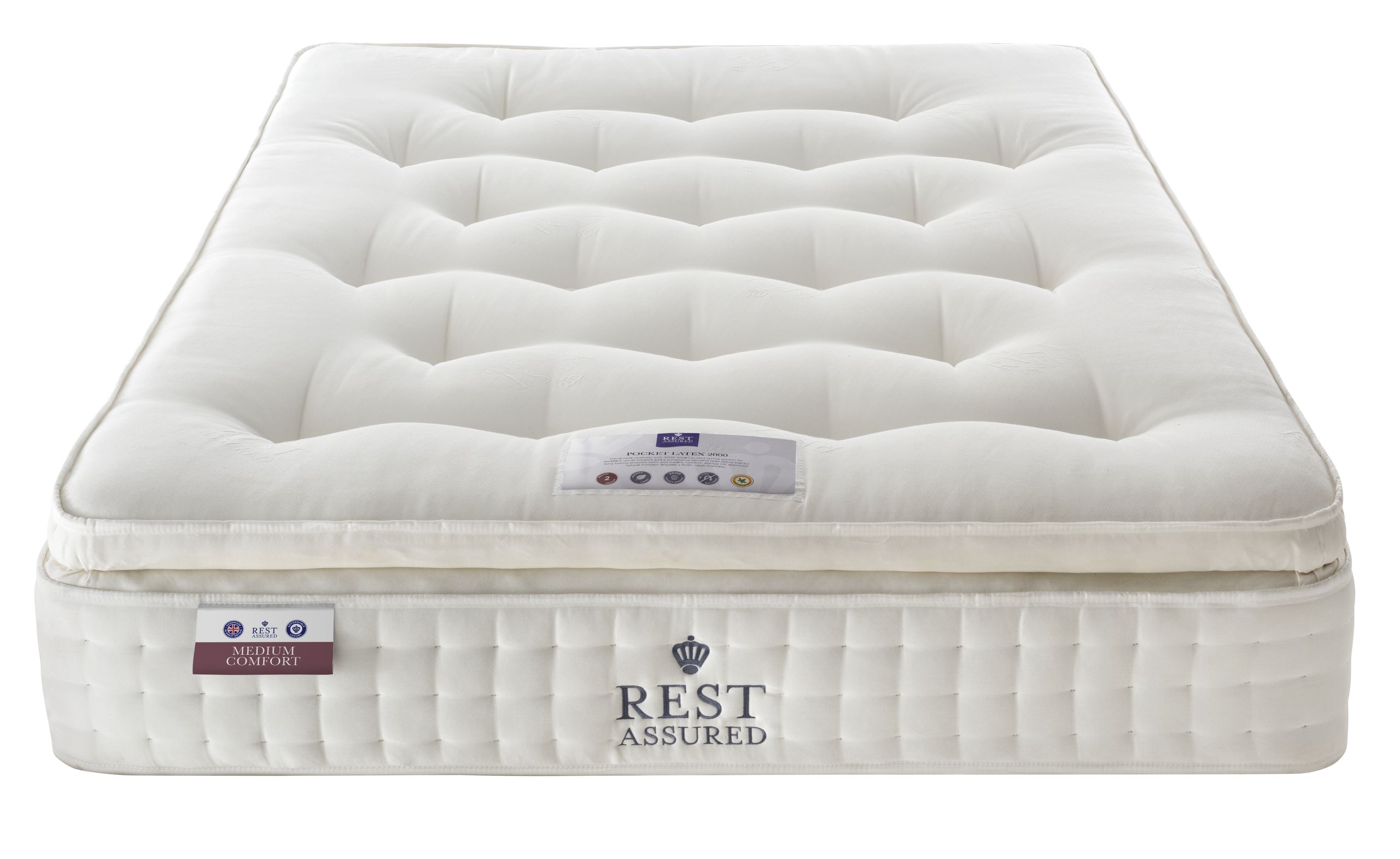

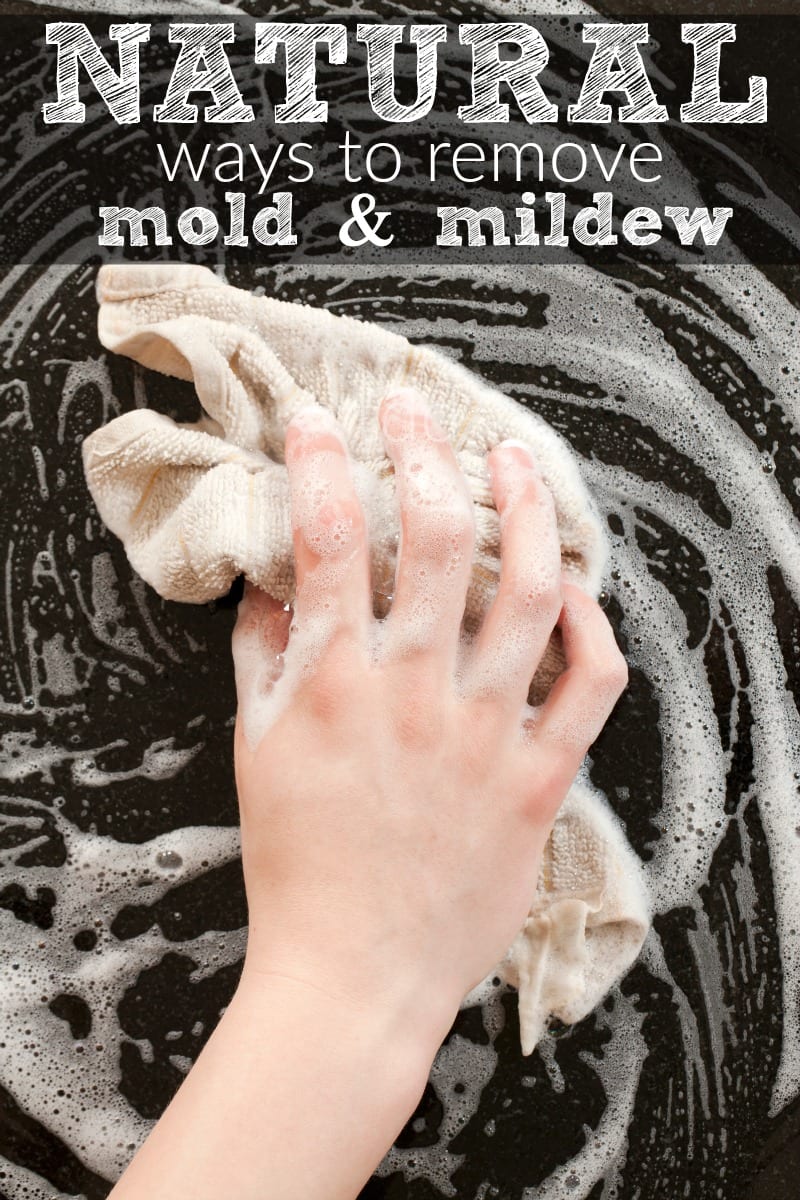






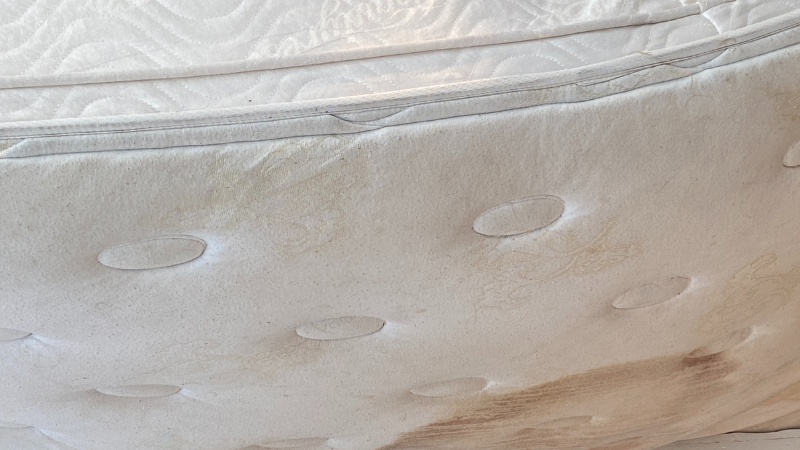
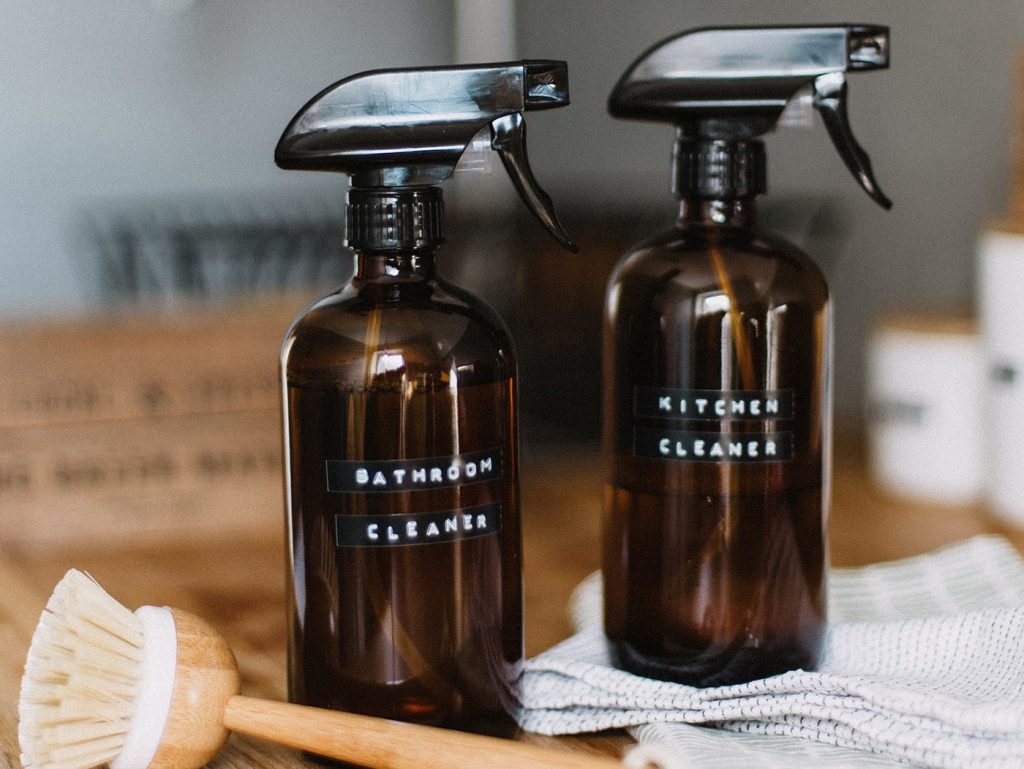






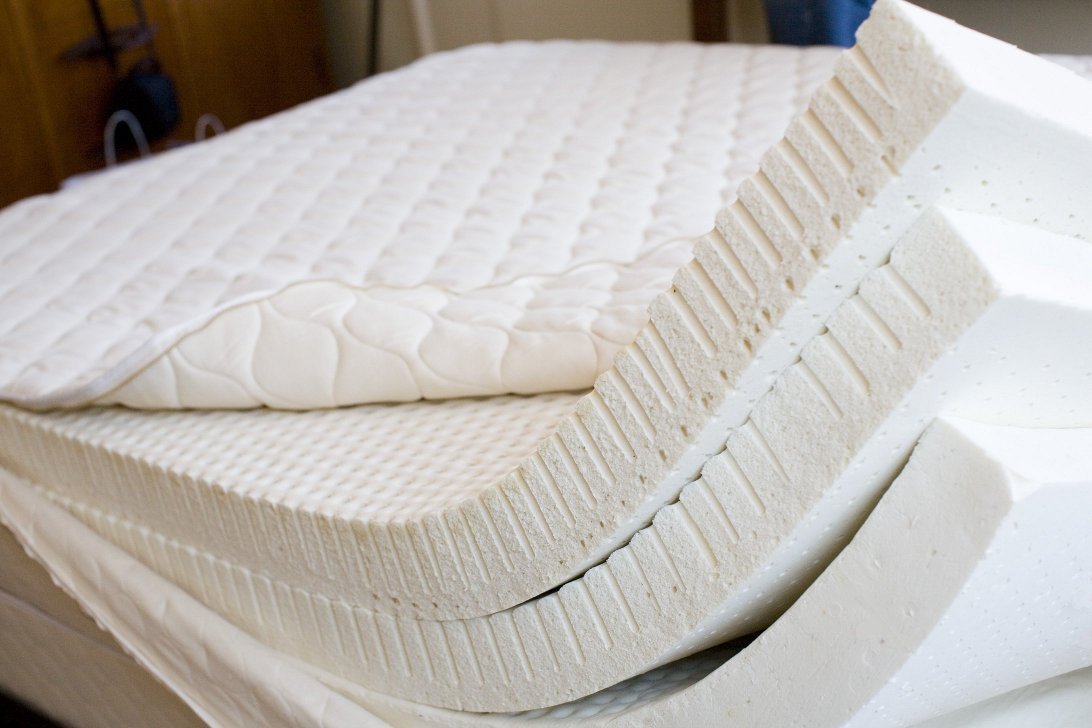
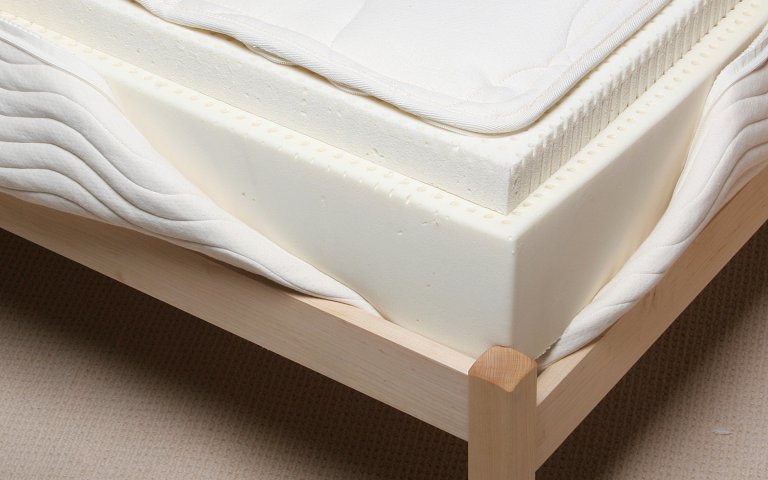







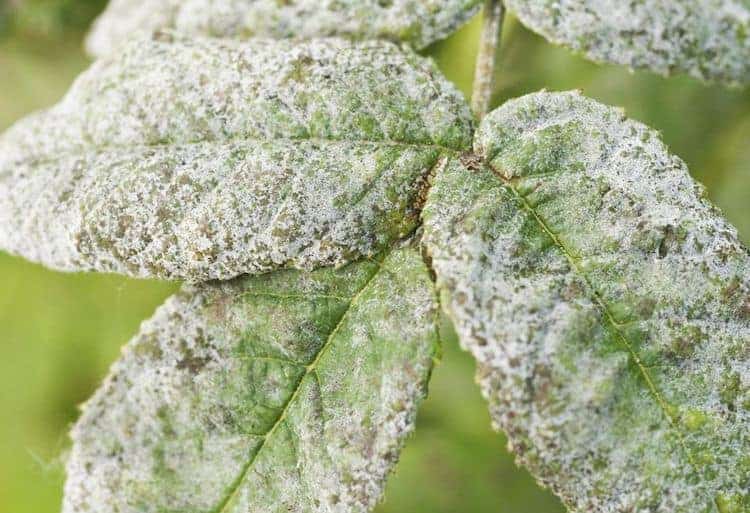


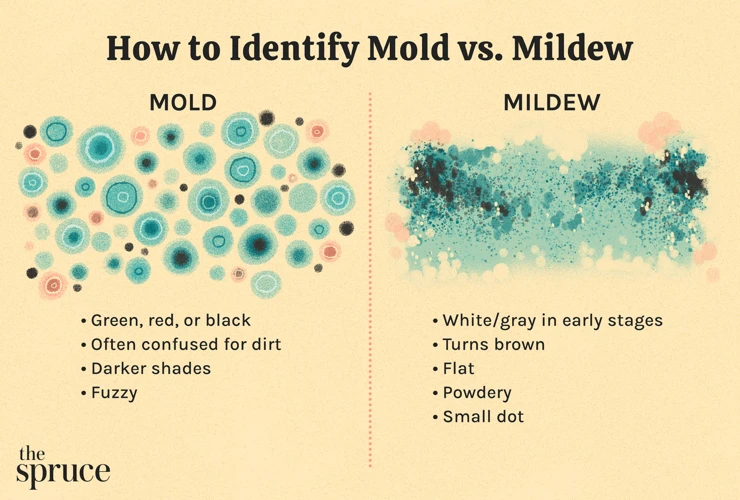
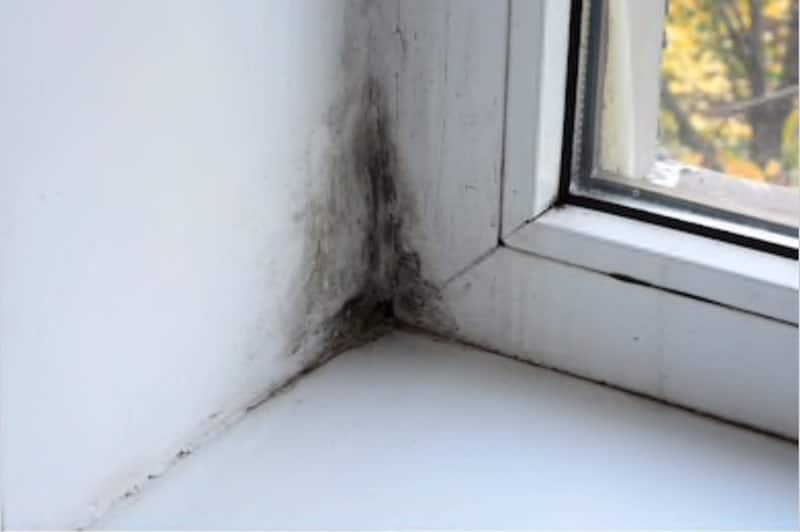

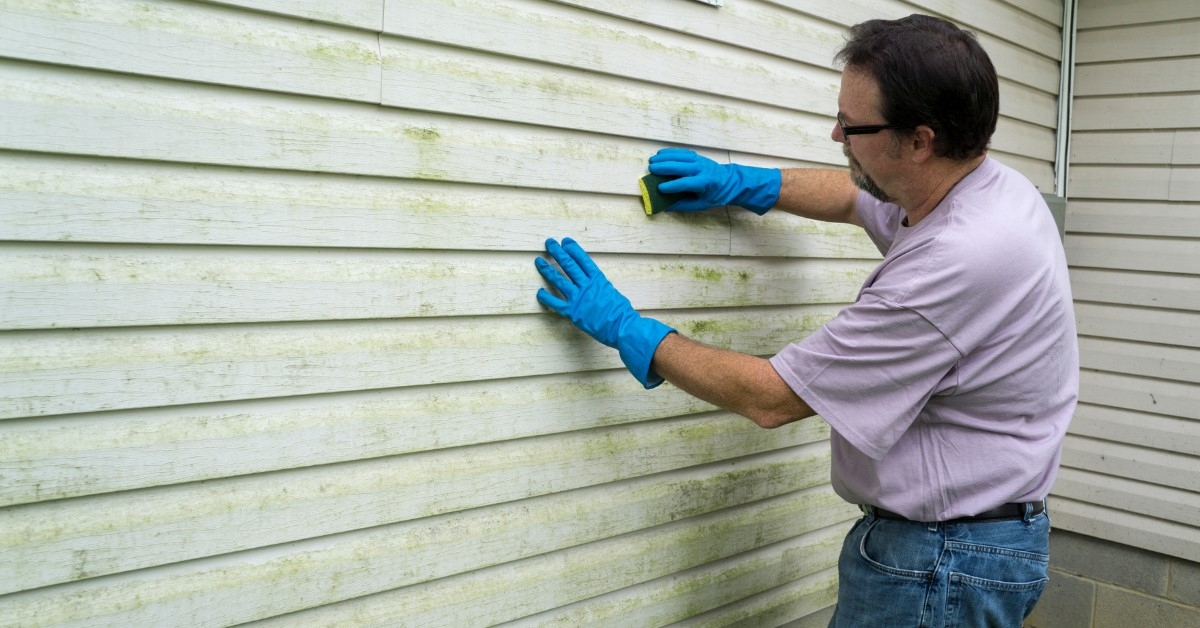

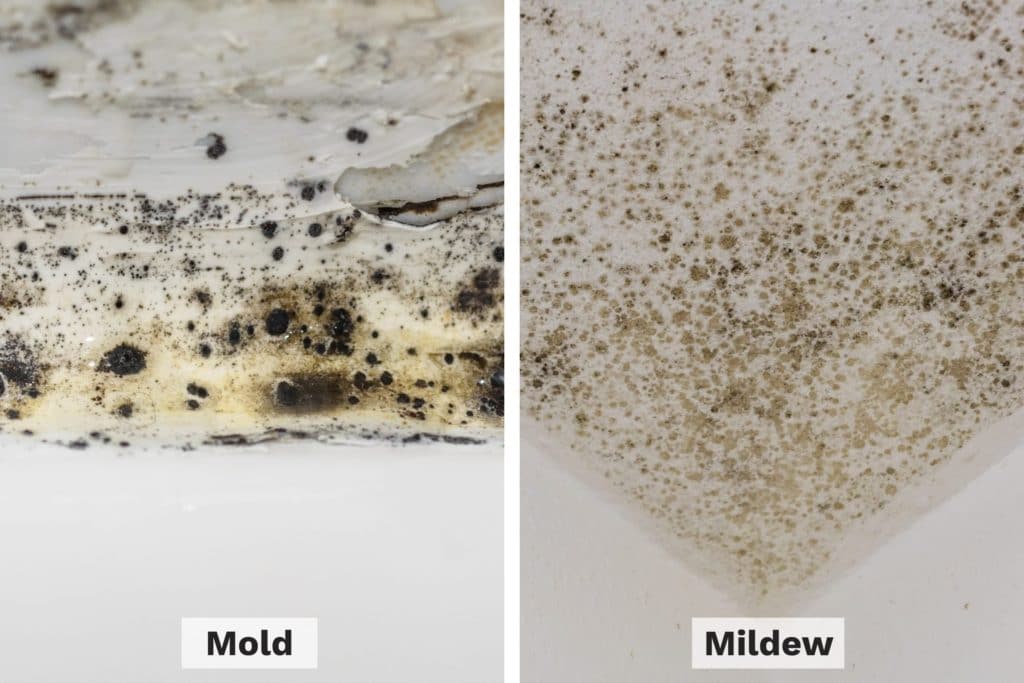



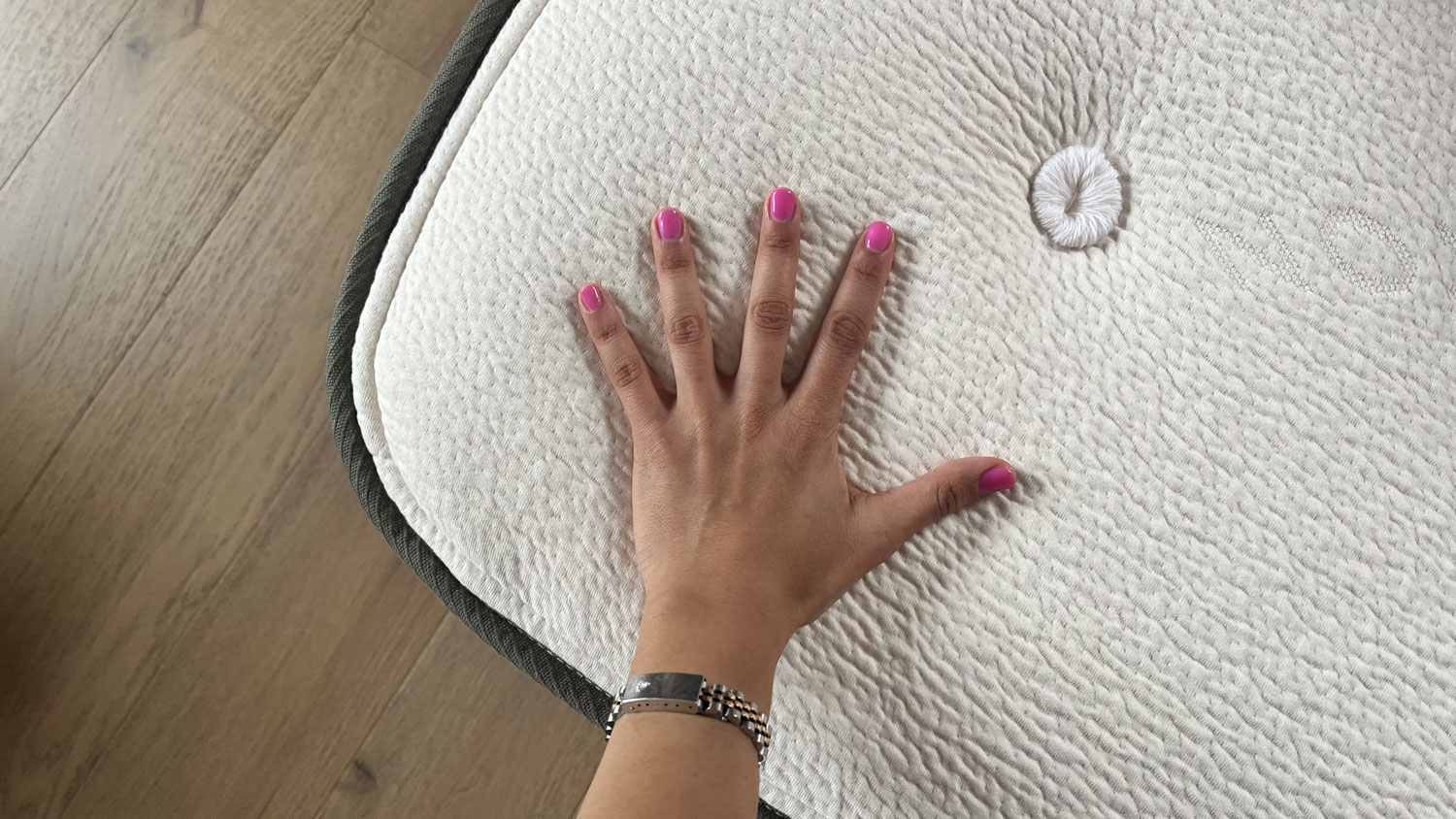








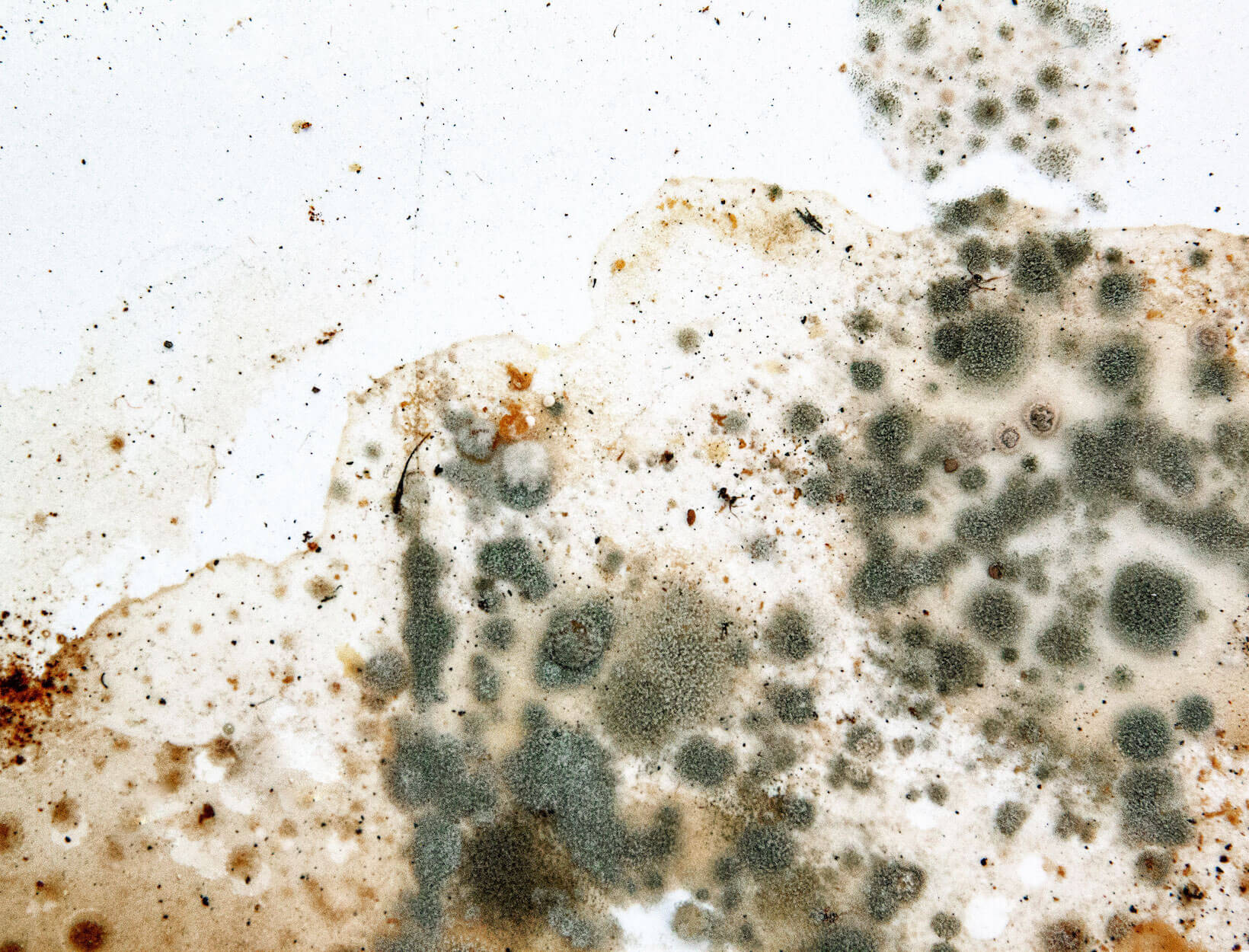
:max_bytes(150000):strip_icc()/identifying-mold-vs-mildew-4799138-final-4266e4b3d84c4401a7c1d8b6835dcc97.png)

